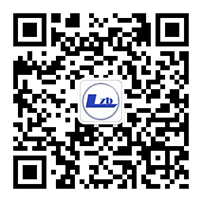通知公告
Unexpected transitions and QED-probing in many-electron atomic ions – two examples of recent results from the collaboration between the universities of Fudan and Lund
10
报告题目:Unexpected transitions and QED-probing in many-electron atomic ions – two examples of recent results from the collaboration between the universities of Fudan and Lund
报告人: Prof. Dr. Tomas Brage
Lund University, Sweden
时间: 2017年7月10日(星期一)上午9:30
地点: 近代物理所5号楼911会议室
个人简介:
Professor Tomas Brage, Lund University, Sweden
Professor Brage obtained his PhD in Atomic Physics in 1988 and has since then had positions as a Research Assistant Professor in Computer Science at Vanderbilt University between 1989 and 1993, and Research Associate at the NASA Goddard Space Flight Center, working in the Goddard High Resolution Spectroscopy mission on the Hubble Space Telescope, from 1994 to 1996. He is now a Professor of Physics at the Division of Mathematical Physics in the Department of Physics of Lund University in Sweden, where he has been active with research and teaching for twenty years. His main interests are Laboratory Astrophysics and Computational Atomic Physics, and he has published over 100 articles in refereed journals. He is a visiting professor at the Fudan University in Shanghai, where he spends a few months each year at the Institute of Modern Physics.
Unexpected transitions and QED-probing in many-electron atomic ions – two examples of recent results from the collaboration between the universities of Fudan and Lund.
报告简介:
Recent progress in computational techniques has made it possible to carefully investigate exotic effects in atomic ions, such as transitions induced by the influence of the nuclear spin or external magnetic fields. The first examples in this talk will high-light the present status of calculations concerning these “unexpected” transitions and how they can be used to probe e.g. magnetic fields of the solar corona. In the second part, the use of what could be labelled states with “Layzer-quenched correlation” in accurate determination of QED-effects in many-electron ions is discussed. Examples from two different isoelectronic sequences will high-light how this idea can be used to probe both self-energy and vacuum polarization independently and to high precision.








